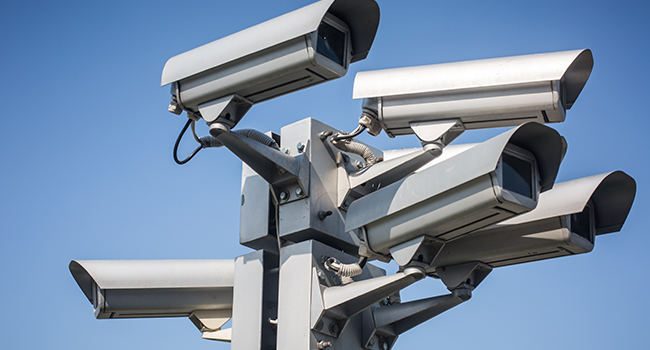
Air Force Academy Installs Thousands of Security Cameras to Increase Safety
According to U.S. Air Force Academy spokesperson Meade Warthen, the cameras have been installed in cadet dorm common areas, including hallways, entrances and exits, study and TV rooms, stairwells and rooftops.
- By Jessica Davis
- February 25, 2019
During the last year, the U.S. Air Force Academy has installed several thousand closed-circuit TV cameras to increase safety and decrease crime on campus.
According to Stars and Stripes, Lt. Gen. Jay Silveria, the academy’s superintendent, mentioned the cameras during testimony Feb. 13 about the military service academies before a subcommittee hearing of the House Appropriations Committee. Each military service academy’s superintendents testified following the release of the Pentagon’s annual report on sexual assault and harassment at these academies.
In the report’s anonymous scientific survey, 747 students said they had experienced unwanted sexual contact during the last year. This number represents almost a 50 percent increase from 507 students in 2016.
Silveria said that he took responsibility for the safety and security of cadets at his campus.
“So we've installed thousands of closed-circuit TV cameras throughout our dorms for safety and security,” Silveria said.
U.S. Air Force Academy spokesperson Meade Warthen told Stars and Stripes that the cameras were added to the existing camera system. They were approved in 2017, their installation began last May, and the installation should be finished this year.
According to Warthen, the cameras have been installed in cadet dorm common areas, including hallways, entrances and exits, study and TV rooms, stairwells and rooftops. Cameras will not be placed in private areas like cadet rooms, locker rooms, officers or restrooms.
“This effort is ongoing and is intended to enhance the safety and security of our cadets,” Silveria said in his HASC testimony. “Additionally, the units serve as a deterrent against criminal conduct, and provide footage for investigations in the event that an incident occurs.”
Warthen said the new cameras cost $5 million. He said they are planning to install more cameras but those costs aren’t available yet. “No additional manpower is needed to run this system,” he said.
Due to security concerns, Warthen would not say whether the cameras are monitored “in real time or viewed on recordings.”
Warthen said the cameras have “enhanced our ability to provide a safe and secure environment at the Air Force Academy.”
“We are not measuring specific results of any one law enforcement tool in combatting crime or ensuring protection of our people and property,” Warthen said. “Taken together, these tools, including (closed-circuit TV), have aided in achieving this mission.”
About the Author
Jessica Davis is the Associate Content Editor for 1105 Media.